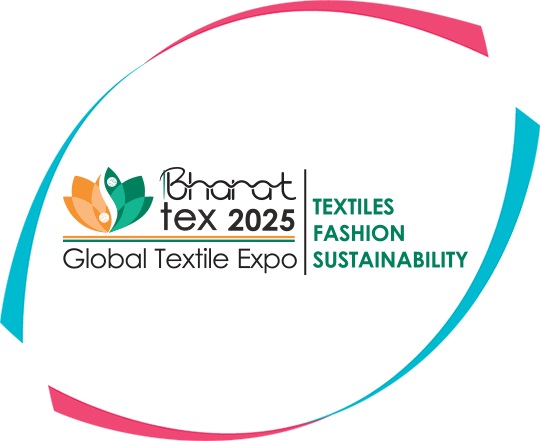
Global apparel retailers are now realizing that what you see is not always what it seems and are seeking to verify the authenticity of their products from supply sources to protect themselves from fabric mislabelling and fraud. Many premium brands are implementing strict regulations and monitoring processes throughout their global manufacturing process to put an end to the mislabelling of a garment that claims to be what it is not.
Fragmented supply chains create confusion on garment labelling
The complex and fragmented supply chains of global brands sometimes rely on just a literal paper documented trail although each step in the chain is happening in a different country or factory which is helping to evade responsibility and mislabel garments. The Textile Fiber Rule requires that certain textiles sold in the US carry labels that specify the generic names and percentages by weight of the constituent fibres in the product, the manufacturer or marketer name, as well as the country of manufacture.
US retailer Target severed ties with textile manufacturer Welspun India in 2016 after realizing that over 750,000 bedlinens such as sheets and pillowcases were fake and mislabelled as Egyptian cotton and they were not the pure long- and extra-long-staple Egyptian cotton after all.
Further on, the Cotton Egypt Association estimated that 90 per cent of global supplies of Egyptian cotton in 2016 were actually fake. Not just Egyptian cotton, recently in 2020, the Global Organic Textile Standard (GOTS) opined around 20,000 tonnes of Indian cotton had been incorrectly certified as premium organic cotton which translated to a sixth of the country's total production. A famous silk brand from Vietnam also owned up that over half of its silk was inferior silk from China. Animal rights activists supported several British retailers in 2018 who withdraw their faux fur winter garments which were found to be from actual dead and skinned animals. Even synthetic fabrics such as polyester fabrics are mislabelled as over 60 per cent of those claiming to be from recycled plastic bottles with lower carbon footprint were made from virgin plastic.
High-tech tracing technology to verify authenticity
There is always a gap between how much fibre is naturally produced globally and how much brands and retailers actually use in their finished products. The brands sometimes themselves don't know exactly where the fabric in their products comes from as only a third of the top 100 apparel companies track their supply chains.
As Crispin Argento, MD, The Sourcery point out there are indicators, from self-reporting of various fabric mills, spinners, farmers, brands, that the vast majority of cotton that is presented to consumers as organic is not, in fact, organic cotton. The Sourcery is an Amsterdam-based company for helping brands source organic cotton direct from growers- in a news report.
The way forward is for brands and retailers to focus on using tracing technology to verify the authenticity of their products and the first step would be to map out the whole supply chain. Companies must build large provenance databases to ensure each product's fingerprint is truly unique. Manufacturers may go have to go out and get soil samples from all the different major cotton farms in the world to build up these tracing systems. While forensic tracing methods like isotope analysis tend to work well with natural materials like cotton, silk and wool, they cannot trace synthetic materials which are mostly oil-based.
With a typical supply chain in the textile industry being very complex, with seperate facilities in different countries that complete each step in the process, fabric mislabelling and fraud is not an easy segment to tackle. However, the hundreds of hands that an item passes through before it comes into the consumer's hands are now being authenticated and the passing the buck on days may just be numbered.












